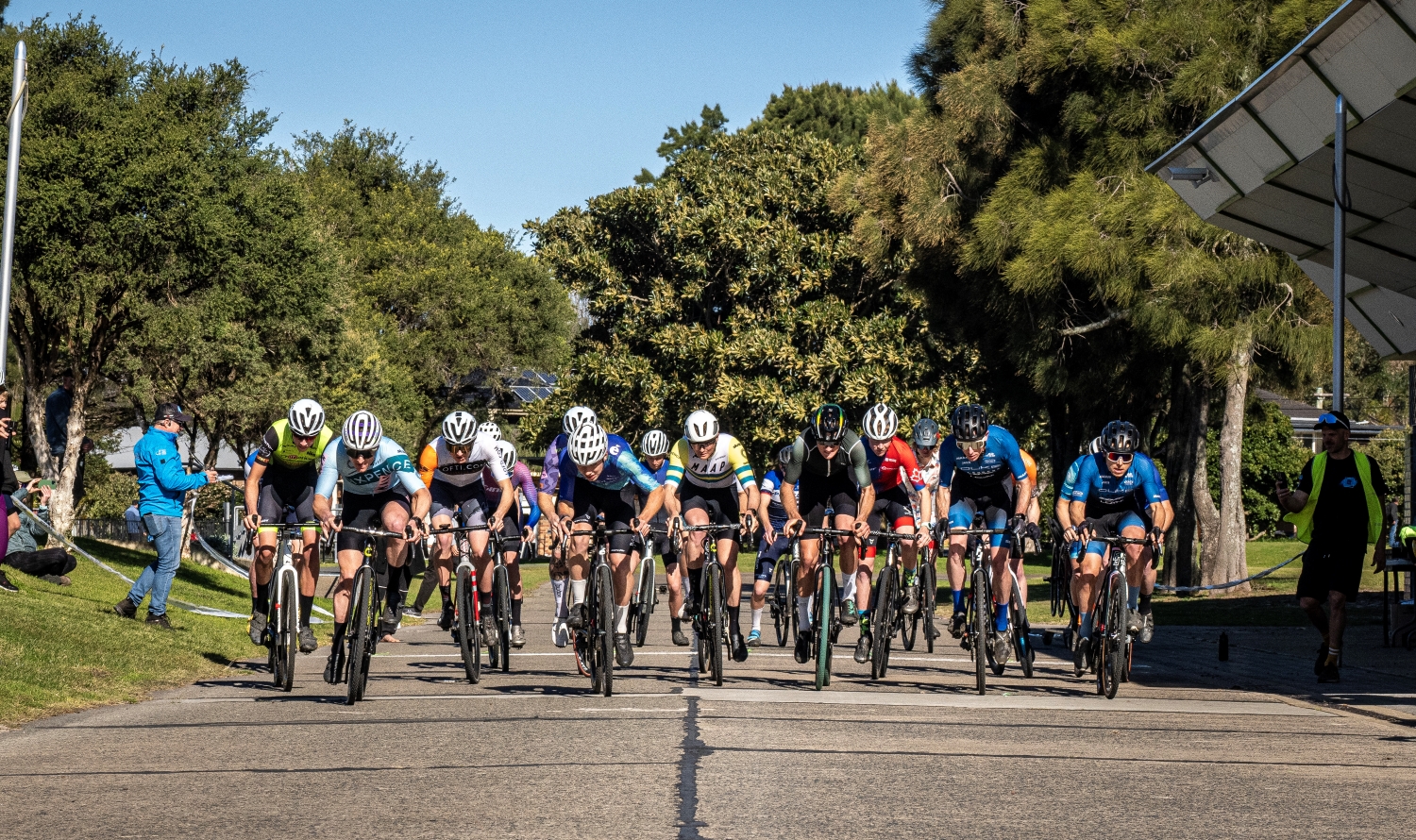How to successfully set goals and evaluate efforts
Goals are what keep us motivated. It would be very hard to make sacrifices in life or put in those extra hard-yards, if we didn’t have a firm goal to work towards. If you cannot see any point to the training then you are far less likely to do it! Why would you get out of bed an hour earlier or throw on an extra few layers and face the rainy weather, if you have no goal acting as incentive?
It is important to set both long and short term goals. A good starting point is to look first at longer term goals and then work backward to the more immediate or short-term goals. Long-term goals are quite often referred to as ‘outcome goals’ and generally focus on the end result; such as placing in an event or achieving a certain time for a race.
For those young junior mountain bikers out there, long-term goals could in fact be a number of years away and could include aspirations of making a career out of the sport or representing their country at a World Championship. For most readers, who are perhaps a little older and have family or work commitments, such goals would be unrealistic. Instead, long-term goals could include; knocking 20min off your best marathon distance time to go sub 5.5hrs or it could be that you simply want to get through a 100km marathon event. Whatever your outcome goals may be, make sure to write them down somewhere, so that they become a little more fixed in your head and you can be reminded from time to time as to why you put yourself through the hardships of training!
PROCESS GOALS
It can be all good and well, having determined your outcome goal, to dream of your victory a year down the track; however your dream goal is unlikely to eventuate unless you plan out the path you need to take in order to get there. This is where your short-term or 'process goals' become very important. Process goals, over which the athlete has complete control, act as stepping stones toward achieving that long-term goal. As a coach, I make sure to set weekly and monthly process goals with my athletes that will help steer them in the direction of their outcome goals. For example, an athlete aiming to complete a 100km marathon event in sub 6hrs in 12 months’ time, may firstly look at completing a 50km ride over similar terrain in under 3hrs and then, a few months later, look at completing 75km in under 4.5hrs.
When setting your Process Goals, most sports psychologists recommend using the SMART guidelines*.
The letters stand for:
Specific -Goals should be clear and exact
Measurable -Goals should be measurable so that you can check and make sure you are on track
Attainable -Goals should be challenging but also realistic and within your capabilities
Relevant -Goals should be relevant to the ultimate outcome goal you are striving toward
Time Phased -Goals should be given a time period to be achieved by
Here are a few examples of some process goals that fulfill the SMART guidelines:
– My goal is to consume at least 1 litre of energy drink per hour
in this weekend’s 70km marathon race
– My goal is to increase my best power to weight for 1min from 7 watts per kg to 7.5 watts per kg by the end of this month
– My goal is to produce a personal best time up the local 6km hill climb by the end of this month.
If you take the time to check through the SMART guidelines, you will see that each of these goals are Specific, Measurable, Attainable, Relevant and Time Phased.

GOAL SETTING
– Determine your long-term or outcome goal (generally for around 12 months’ time)
– Determine your short-term or process goals (generally monthly) that will act as steeping stones toward your Outcome goal
– Make sure to use the SMART guidelines when setting goals
Evaluate regularly and reassess your goals
Just as it is important to set up your long and short term goals, it is also recommended that you take the time to sit down and evaluate how you went with such goals. This way you will learn from any mistakes made and also confirm what worked well for you. You may think that you have evaluated sufficiently just by thinking it through, but it is always better to write your thoughts down on paper as you will then process these thoughts more clearly and you can go back and read through at a later date.
It is quite normal that not all goals will be achieved. It may be necessary to work at things for a while longer or set up some different process goals in order to tackle the ultimate outcome goal from a different angle. There are so many different factors that could affect achievement of outcome goals and it is important to go through your performance step by step, making a list of things you think you did well and things you would like to work on in the future.
Most of us thrive on working toward goals. It is a fantastic feeling when all the planning and hard work pays off and you do achieve your goal. However it is quite often the process of working toward these goals that gives us so much satisfaction in life; enjoy the journey!
*The S.M.A.R.T guidelines was first published by George T. Doran in ‘There’s a S.M.A.R.T. way to write management’s goals and objectives’ in November 1981 issue of Management Review
Words: Jenni King @Pedallab







